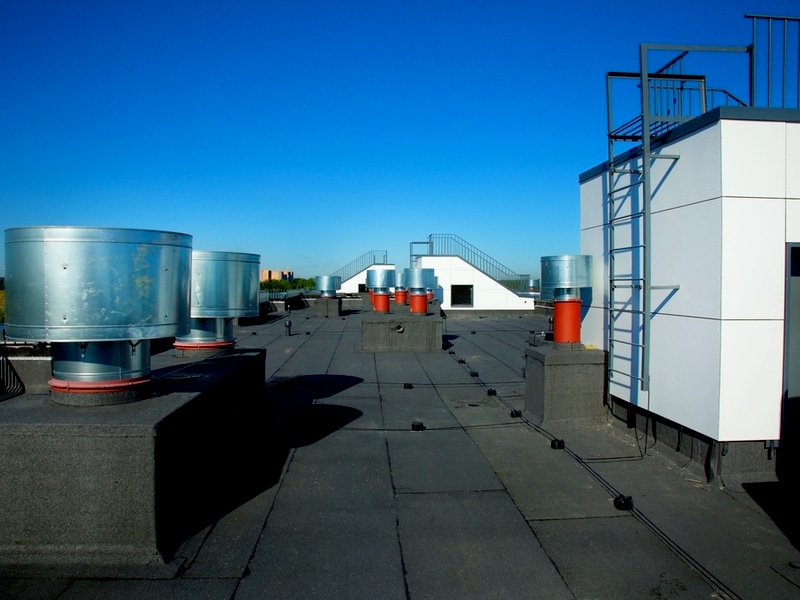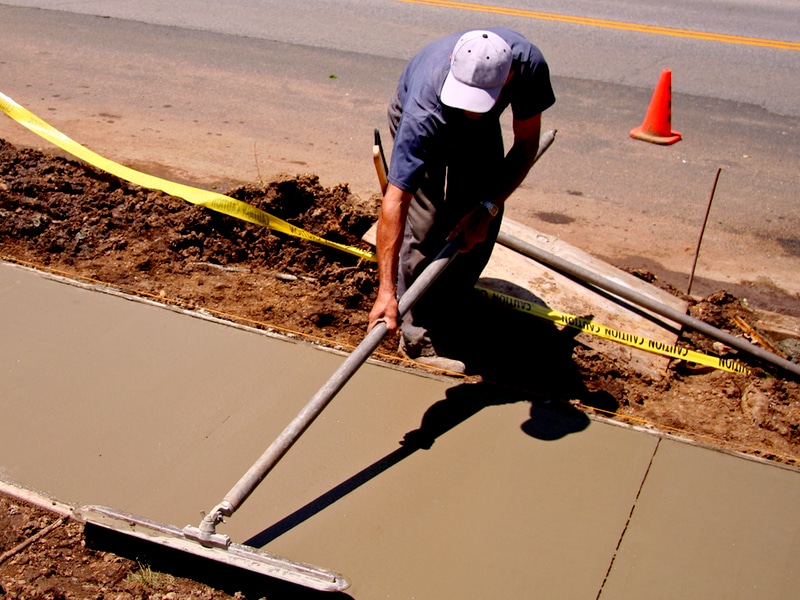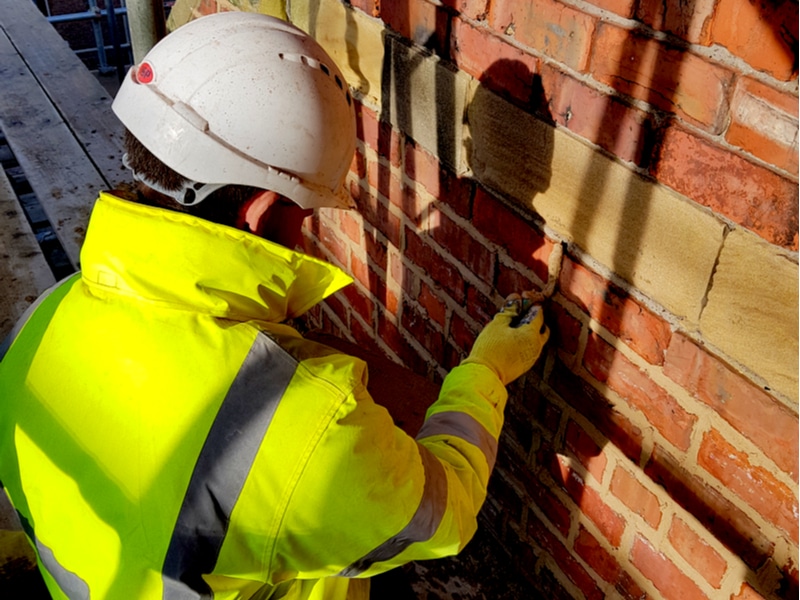Roofing is a type of job that every homeowner needs when water leaks begin to develop roof troubles. But only a few people understand how dangerous it is to go up there and repair a broken roof.
The Hazardous Nature of the Job
A roofing job is dangerous to anyone and may even cause potential death from a fall accident or severe bodily injury. Professional roofers may also encounter a broad range of life-threatening job hazards while on duty, from frequent tar exposure to electrocution brought by exposed power lines. This is why a roofing job requires extensive training and technical knowledge since it is physically demanding and intellectually draining.
According to the Bureau of Labor Statistics, it’s not surprising if roofing repair and replacement are considered the 4th most dangerous job in the United States. Unless you possess the needed qualifications of a professional roofer and think you can handle the job alone, any roof repair or replacement job should be left in the experts’ hands. Roofers deal with different work hazards, including workplace instability, chemical exposure, falling roof debris, harsh weather conditions, power tool accidents, and heavy materials lifting daily.
Possible Reasons Roofers Get Injured During Work
Unfortunately, roofing contractors fail to provide sufficient safety equipment and implement safe work protocols for their workers. Failure to do so may result in work accidents or sustain serious health complications like breathing difficulties and injuries. These workplace injuries may include:
The Use of Power Tools
Professional roofers often work with dangerous conventional and power tools such as nail guns, electric drills, hoisting mechanisms, circular saws, hammers, and roof gutters regularly. If workers aren’t adequately trained to use such high-powered tools or if not equipped with safety equipment, these construction tools can cause serious injuries.
Falls
Any accident from fall is one of the leading causes of death for roofers while working on a roof. This only happens if workers don’t have adequate fall protection systems installed on-site.
Falling Materials and Roof Debris
Falling objects from above can also cause fatality among roofers. Construction materials, equipment, scaffoldings, and other items may fall on unsuspecting people on the ground where they can sustain serious injuries or even die. All materials and working equipment must be appropriately secured or fastened, and there should be an adequate safety net for falling objects.
Constant Heat Exposure
Roofers may be tasked to perform repair and replacement jobs during the summer months for long periods. Working under extreme heat will cause dehydration, mild stroke, heart failure, and other heat-related illnesses.
Electrocution
Electrocution happens when scaffoldings and ladders come in direct contact with exposed power lines or broken electrical wirings. Electrical wires may also contact water during clean-up or after the repair job has been completed. Other potential injuries may come from continuous exposure to roofing chemicals, heating equipment, and removing tools for tearing off.
Roofers who sustain injuries or suffer death may be entitled to work benefits under worker’s compensation plans. However, not all licensed roofing contractors provide appropriate services, from overtime wages to medical bills. So, when choosing a professional roofing company, make sure to check out if all roofers are bonded and insured to avoid additional expenses out of workplace-related injuries. If you’re a regular employee who got injured in a roofing accident, you can learn more about the work benefits you may be entitled to by consulting the legal experts of roofing contractors NYC.
Importance of Roofing Safety and Proper Storage
Work safety is a must for roofing contractors and homeowners as roofers are frequently exposed to unprotected roof edges and tripping hazards on top of constant heat exposure. Proper implementation of safety protocols and protection systems will ensure a secure workplace for roofers and project supervisors. In standard practice, the appropriate fall protection system is determined using a risk assessment process, and a work policy statement follows next after conducting a thorough site inspection. With safety procedures in place, roofers will perform the roofing job with a reduced risk for any potential workplace accident.
A New York roofing contractor should maintain good housekeeping habits to prevent material wastage and accidents from falling objects in any roofing project. Essential storage facilities for materials, equipment, and tools should be kept clean and organized to keep things from flying around due to strong winds, especially if work operation is temporarily suspended. Since uneven surfaces and slippery grounds increase the risk of falling, installing good guard rails and safety barriers must be done to reduce slip and trip hazards while working.
The risk associated with a minor slip on any sloped roof can be potentially serious if the roofing contractor doesn’t strictly enforce work safety procedures. Another essential thing to remember is that all roofers must be adequately equipped with technical skills and tools orientation before starting any roof repair or installation project. If you would like to know more about roofing installation and designs, you can learn more @ManhattanRoofingNyc.com.
No one would think that the roofing job is a challenging profession. For sure, you won’t dare to do the roof repair if you aren’t prepared for any possibility that may happen to you while you’re on top.
About Us
TCI Roofing is new york’s premier roofing company and commercial contractor. With generations of experience, you can rest assured that we will get the job done right the first time, every time.
TCI Roofing attracts and retains a group of talented professionals who approach projects with the goal of service excellence and seamless completion.
Our project executives and resource group team leaders have an average of more than 20 years in the industry and take pride in sharing their knowledge with and mentoring the next generation of leaders.
Our Services

Roofing Services
Roofing, Repairs & Leaks
Asphalt Shingles
Flat Rubber Roofing
TPO Roofing
Gutters

Concrete Services
DOT Sidewalk Repairs
Blacktop Repair
Concrete Repairs
Foundation Repairs
Driveways Repairs
Walkways Repairs


